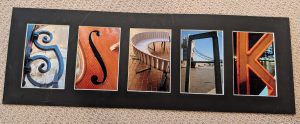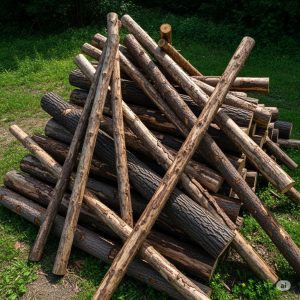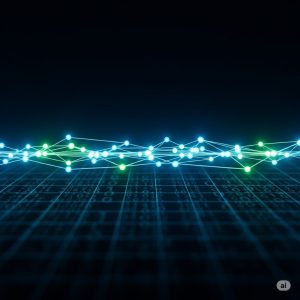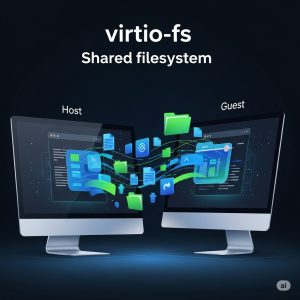What happens in the final moments before U-Boot hands control over to the operating system? Until recently, the answer was, “it’s complicated.” Each architecture like ARM, x86, and RISC-V had its own way of handling the final pre-boot cleanup, leading to a maze of slightly different functions and duplicated code. It was difficult to know what was really happening just before the kernel started. Thanks to a recent series of commits in Concept, this critical part of the boot process has been significantly cleaned up and unified. A Simpler, Centralized Approach The core of this effort is the introduction of a new generic function: bootm_final(). This function’s purpose is to consolidate all the common steps that must happen right before booting an OS. By moving to this centralized model, we’ve replaced various architecture-specific functions, like bootm_announce_and_cleanup(), with a single, unified call. This new approach has been adopted across the x86, […]















